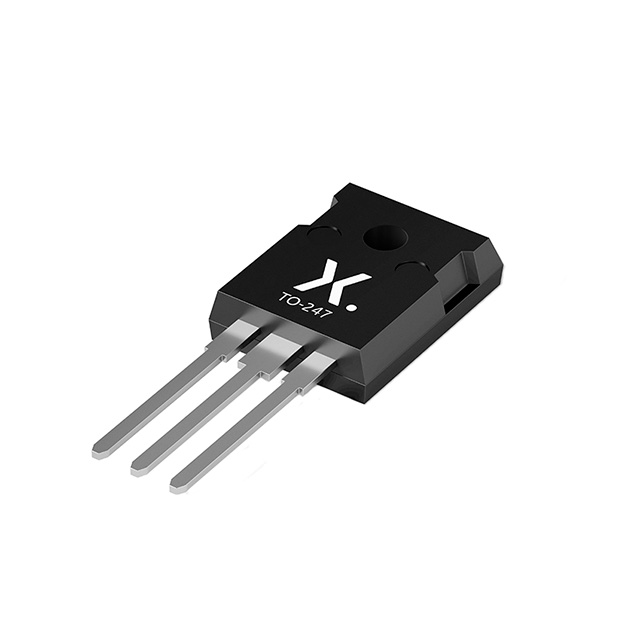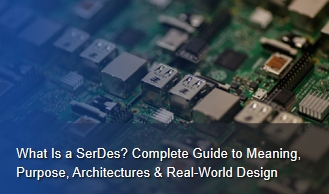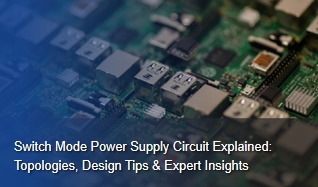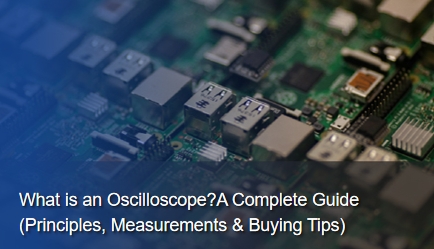Gallium Nitride vs. Silicon FETs: Which Is the Future of Power Electronics?
Introduction to FET Technologies
Field-effect transistors (FETs) play a crucial role in power electronics, acting as essential components in amplifying and switching electrical signals. Among the various types, Gallium Nitride (GaN) Field-effect Transistors and Silicon FETs have emerged as popular options. This article explores the differences between these two technologies, their advantages and disadvantages, and how they fit into the future of power electronics.
Understanding Gallium Nitride Field-effect Transistors
Gallium Nitride Field-effect Transistors are semiconductor devices made from GaN material. Known for their high efficiency and thermal conductivity, GaN FETs have become a preferred choice in high-power and high-frequency applications. They are capable of operating at higher voltages and temperatures compared to their silicon counterparts.
Key Benefits of GaN FETs
Higher Efficiency: GaN FETs offer significantly lower on-resistance, leading to reduced conduction losses. This efficiency is especially beneficial in applications such as power converters and inverters.Compact Size: With their ability to handle high power levels in smaller packages, GaN devices allow for more compact circuit designs, essential for modern electronics.
Thermal Performance: GaN's superior thermal conductivity enables devices to operate at higher temperatures, reducing the need for extensive cooling solutions.
Exploring Silicon FETs
Silicon FETs have been the standard in power electronics for decades. They are widely used in various applications due to their reliability, maturity in the market, and lower cost.
Advantages of Silicon FETs
Cost-Effectiveness: Silicon technology is well-established, making silicon FETs generally more affordable compared to GaN devices.Robustness: Silicon FETs have a proven track record of reliability and durability, which is critical in many industrial applications.
Availability: As a mature technology, silicon FETs are readily available, making them an easy choice for many engineers.
Key Differences Between Gallium Nitride and Silicon FETs
1. Performance MetricsEfficiency: GaN FETs typically outperform silicon in terms of efficiency, especially in high-frequency applications. They demonstrate lower switching losses, which is critical in modern power supplies.Voltage Ratings: GaN devices can handle higher voltage levels, making them suitable for applications that require robust performance.
2. Thermal ManagementGaN FETs excel in thermal management, allowing for high-temperature operation without sacrificing performance.Silicon FETs may require additional cooling solutions, which can increase system complexity and cost.
3. Size and IntegrationGaN’s compact form factor allows for high-density designs, essential in applications like electric vehicles and renewable energy systems.
Silicon devices tend to be larger, potentially impacting the overall design and footprint of the application.
Applications and Use Cases
Gallium Nitride ApplicationsPower Supplies: GaN FETs are increasingly used in switch-mode power supplies for their efficiency.Electric Vehicles: The automotive industry benefits from GaN’s ability to manage high power in compact designs.Telecommunications: High-frequency applications in telecom can leverage GaN’s superior performance.
Silicon FET ApplicationsConsumer Electronics: Due to their cost-effectiveness, silicon FETs are often found in everyday electronic devices.
Industrial Equipment: Their robustness makes silicon FETs suitable for various industrial applications.
Cost Considerations
While GaN FETs may have a higher upfront cost, their long-term efficiency and performance can lead to significant savings in energy costs and system complexity. Conversely, silicon FETs, while more affordable initially, may incur higher operational costs due to inefficiencies.
Conclusion: The Future of Power Electronics
As the demand for efficient, high-performance power electronics continues to grow, the choice between Gallium Nitride and Silicon FETs becomes increasingly significant. GaN FETs are poised to take the lead in high-frequency and high-power applications, while silicon remains a reliable choice for cost-sensitive projects.
Recommendation
For those considering integrating Gallium Nitride Field-effect Transistors into their designs, unikeyic Electronics offers a wide range of high-quality GaN FET products. Their expertise and selection ensure that engineers can find the right components for their specific needs.
FAQs About Gallium Nitride and Silicon FETs
Q1: What are the main advantages of Gallium Nitride FETs over Silicon FETs?A1: Gallium Nitride FETs offer higher efficiency, better thermal performance, and a more compact size, making them suitable for high-frequency and high-power applications.
Q2: Are Silicon FETs still relevant in today’s market?A2: Yes, Silicon FETs are still widely used due to their cost-effectiveness, robustness, and availability, especially in consumer electronics and industrial applications.
Q3: Can I use Gallium Nitride FETs in existing silicon designs?A3: Yes, but you may need to adjust your design parameters, including thermal management and voltage ratings, to accommodate GaN's different characteristics.
Q4: What factors should I consider when choosing between GaN and silicon FETs?A4: Consider your application’s power requirements, efficiency needs, cost constraints, and available space in your design.Q5: Where can I purchase Gallium Nitride Field-effect Transistors?A5: You can find a variety of Gallium Nitride FET products at Unikeyic Electronics, which provides multiple brands and specifications to meet your project needs.






















